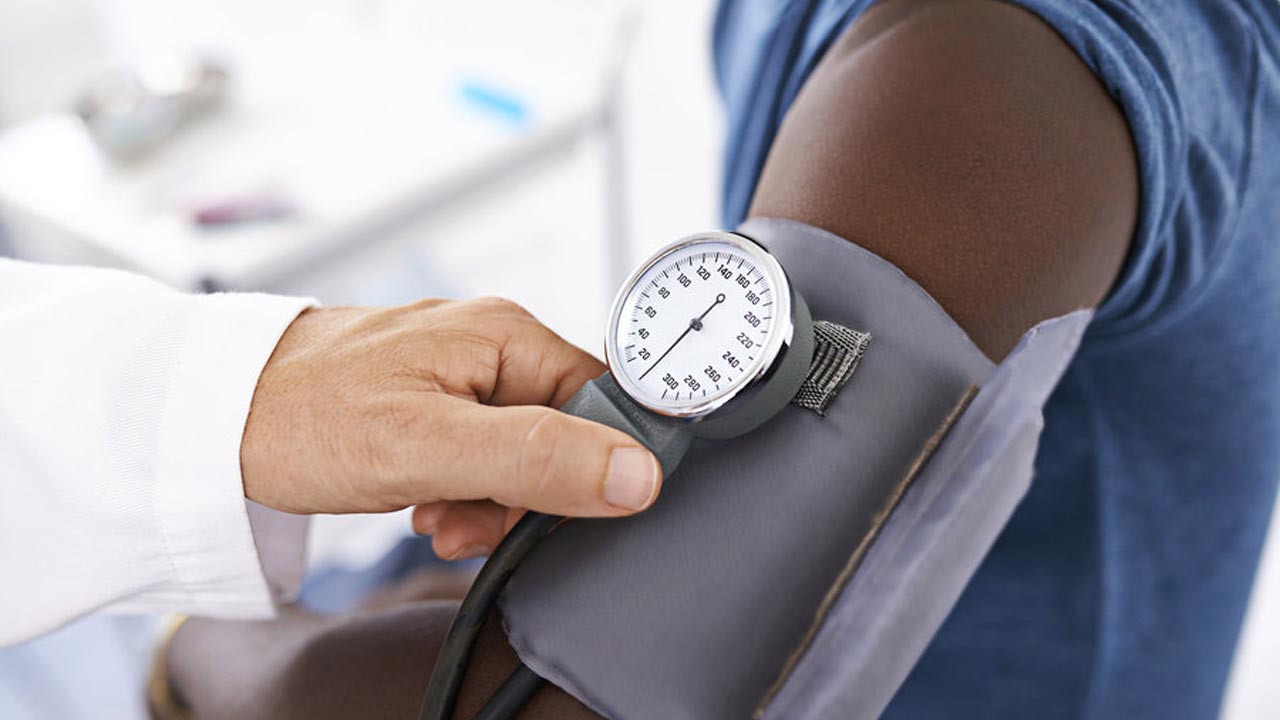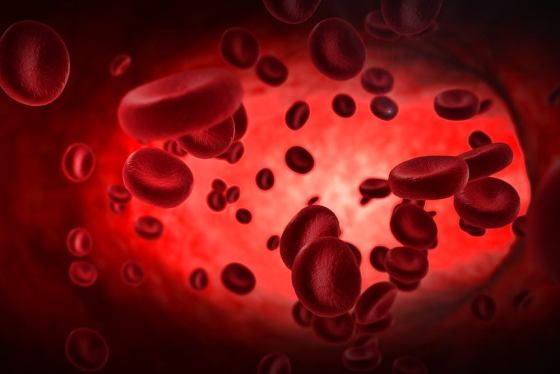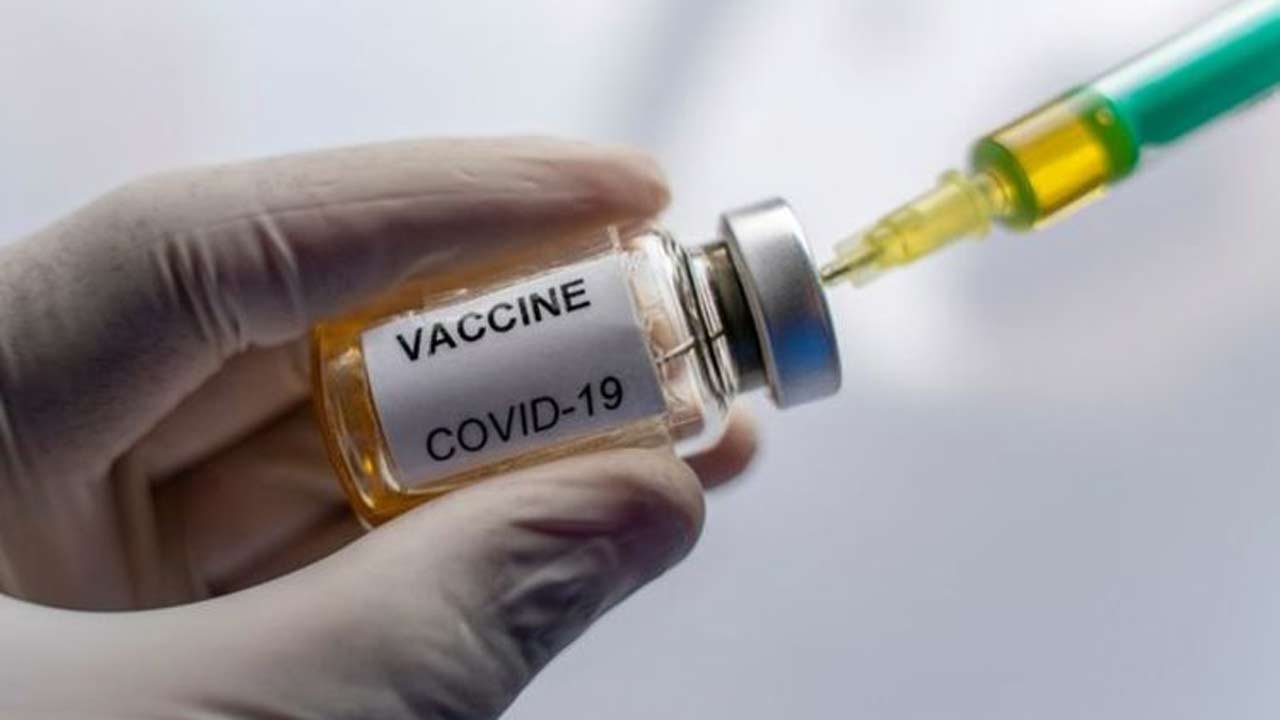By Victoria Stern, MA
Editor's Note:
Although cancer incidence and mortality have decreased in recent years, cancer remains the second leading cause of death in the United States. According to the American Cancer Society, there were about 1,665,540 newly diagnosed cancers and 585,720 deaths in 2014.
The American Cancer Society estimates that environmental factors account for about 75%-80% of cancer cases and deaths in the United States, whereas hereditary factors make up the rest. Although most environmental risks can be attributed to lifestyle factors, such as smoking (30%) and a mixture of poor nutrition, physical inactivity, and obesity (35%), there is still a significant burden from a range of environmental exposures. The International Agency for Research on Cancer (IARC), the World Health Organization's cancer research division, has classified 107 such agents to be carcinogenic to humans; these include tobacco, asbestos, benzene, arsenic, ionizing radiation, and ultraviolet radiation. But for other environmental exposures or chemicals, the link to cancer remains less clear. In this column, Medscape has investigated five common concerns that people have about environmental cancer risks to determine how robust the link to cancer actually is.
Does BPA Increase Cancer Risk?
What the science says:
Determining whether a link between bisphenol A (BPA) and cancer exists has become increasingly important, given the ubiquity of this substance. BPA, which forms the building blocks of polycarbonate plastics and resins, has become one of the highest-volume chemicals produced worldwide. The compound is found in a range of consumer goods, including baby and water bottles, eyeglass lenses, toys, cell phones, and food containers, as well as in the lining of most food and beverage cans. Research from the Centers for Disease Control and Prevention shows that more than 90% of Americans have BPA in their urine,[1] probably because the chemical can leach from bottles and cans.[2,3]
 Inquiry into the health effects of synthetic estrogens and other endocrine disruptors began in the late 1960s, when seven young women in Massachusetts were diagnosed with a very rare cancer: clear cell adenocarcinoma of the vagina. This grouping of rare cancers motivated doctors at Massachusetts General Hospital to try to identify a common cause. After an in-depth analysis, the doctors traced the source of the cancer to diethylstilbestrol (DES), a potent synthetic estrogen commonly given to pregnant women because it was thought to help prevent miscarriages. The doctors published their findings in the New England Journal of Medicine in 1971,[4] and shortly thereafter the US Food and Drug Administration (FDA) advised physicians to stop giving DES to pregnant women because of the strong link to cancer.
Inquiry into the health effects of synthetic estrogens and other endocrine disruptors began in the late 1960s, when seven young women in Massachusetts were diagnosed with a very rare cancer: clear cell adenocarcinoma of the vagina. This grouping of rare cancers motivated doctors at Massachusetts General Hospital to try to identify a common cause. After an in-depth analysis, the doctors traced the source of the cancer to diethylstilbestrol (DES), a potent synthetic estrogen commonly given to pregnant women because it was thought to help prevent miscarriages. The doctors published their findings in the New England Journal of Medicine in 1971,[4] and shortly thereafter the US Food and Drug Administration (FDA) advised physicians to stop giving DES to pregnant women because of the strong link to cancer. This initial work spurred scientists to take a closer look at the effects of DES and other endocrine disruptors, such as BPA, on the health of humans and animals. In 1991, experts from an array of disciplines gathered at the Wingspread Conference on the Precautionary Principle to discuss a growing body of evidence pointing to the harmful effects of chemical exposures on human and animal populations. The attendees issued a consensus statement: "We are certain of the following: a large number of man-made chemicals that have been released into the environment, as well as a few natural ones, have the potential to disrupt the endocrine system of animals, including humans."[5]
In 2009, given the weight of the research, the Endocrine Society also issued a scientific statement on the health effects of endocrine disruptors[6]: "Results from animal models, human clinical observations, and epidemiological studies converge to implicate [endocrine-disrupting chemicals] as a significant concern to public health."
In 2010, Ana M. Soto, MD, and Carlos Sonnenschein, MD, biologists at Tufts University School of Medicine in Boston, published a review in Nature Reviews Endocrinology evaluating 30 years' worth of research on whether endocrine disruptors increase the risk of developing breast and prostate cancer.[7] Studies showed, for example, that when pregnant rats are exposed to low doses of BPA, their offspring are more likely to develop precancerous mammary lesions in adulthood.[8] In addition, studies have reported that infant rats exposed to BPA during lactation and treated with a chemical carcinogen at 50 days of age displayed an elevated risk of developing mammary tumors in adulthood compared with animals not exposed to BPA while nursing.[9] Overall, the authors concluded that "Sufficient supporting data have been gathered on the deleterious effects of endocrine disrupting chemicals to warrant immediate action to decrease human and wildlife exposure to these agents."
A subsequent review published in 2013 by Dr Soto and colleagues continued to support previous findings.[10] The growing body of research uncovered compelling evidence that fetal and neonatal BPA exposure in rats increased the risk for mammary cancer later in life. The authors concluded that these data in laboratory animals can probably be extrapolated to humans and that exposure to BPA and other endocrine-disrupting chemicals has probably contributed "to the increase in the incidence of breast cancer observed over recent decades."
Experts have also proposed several possible mechanisms to explain a link between BPA and cancer. A 2012 study found that BPA can promote human breast cancer cell growth,[11] and a 2014 study revealed that fetal exposure to BPA in rats alters the expression of genes that regulate the cell cycle, which in turn may increase the likelihood of developing tumors.[12] The 2014 study also showed that BPA increases the incidence of cancerous lesions in adult rat mammary glands. Another 2014 study found that significantly more mice implanted with human prostate stem cells developed precancerous or cancerous lesions later in life after being exposed to low doses of BPA compared with those who were not exposed.[13] Another theory posits that cancer is due to altered tissue organization, a view that is gaining acceptance and that may better explain a link between BPA and cancer, according to Dr Soto.
Aside from a link to cancer, research also suggests that BPA can promote a range of other health issues, including heart disease, diabetes, obesity, and infertility.[14-16]
Despite the mounting evidence in animal models, a causal link between BPA and cancer risk in humans has not been confirmed. According to the World Health Organization's 2014 World Cancer Report, "Definitive proof of the role of BPA in human cancer induction is likely to remain limited, not least by ethical limits to human experiments."
What the expert says: According to Dr Soto, "If we take the results in animal models together, I think we have enough evidence to conclude that BPA increases the risk for breast and prostate cancer in humans."
Still, uncovering a causal link between BPA exposure and cancer in humans is essentially impossible. "To expose humans on purpose is unethical, so there is a limit to what we can investigate," Dr Soto said. In addition, because almost everyone is exposed to BPA, it would not be feasible to conduct a human study comparing the health effects of BPA in people who are exposed vs those who are not.
"In such a case, we need to extrapolate to humans, because to wait for conclusive evidence in humans would be criminal," Dr Soto said. "Given the strong evidence in rats and mice, it is very likely that humans experience similar effects, because we share the same hormones and receptors."
Dr Soto added, "At some point, we have to question how much knowledge is enough to warrant action. To me, we've passed the point with BPA."
To reduce exposure, Dr Soto recommends avoiding plastics that could contain BPA. "The problem here is that we do not know exactly how pervasive BPA is." For instance, polycarbonate is often used for industrial filtering, so drinking from a glass bottle does not necessarily mean the liquid is BPA-free.
"What we really need is global legislation," Dr Soto said. Lawmakers in France and Denmark have already implemented a policy to ban BPA from all food packaging. Until such regulations are instituted in more countries worldwide, Dr Soto advises people to talk to their local representatives and to take part in the public debate.
Verdict:
Plausible to likely, given strong evidence in animal models.
. Medscape Oncology
ABUJA: Training Schedule for Basic Life Support BLS, Pediatric Advanced Life Support (PALS), Advanced Cardiovascular Life Support ACLS, First Aid, CPR, AED
PORTHARCOURT: Training Schedule for Basic Life Support BLS, Pediatric Advanced Life Support (PALS), Advanced Cardiovascular Life Support ACLS, First Aid, CPR, AED
LAGOS: Training Schedule for Basic Life Support BLS, Pediatric Advanced Life Support (PALS), Advanced Cardiovascular Life Support ACLS, First Aid, CPR, AED





